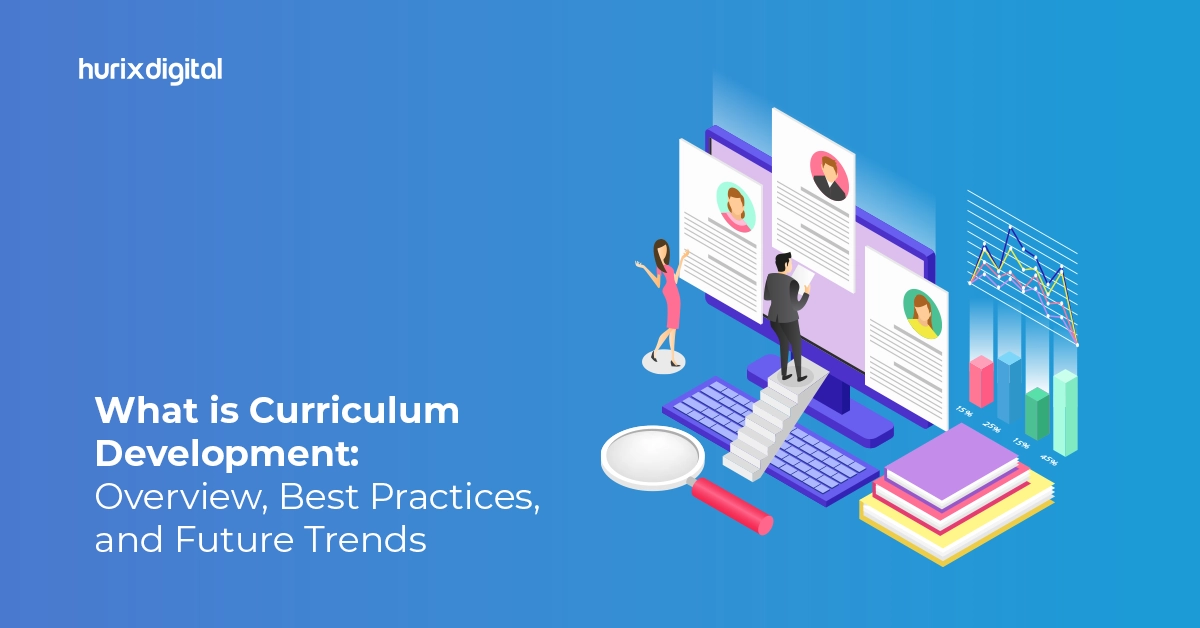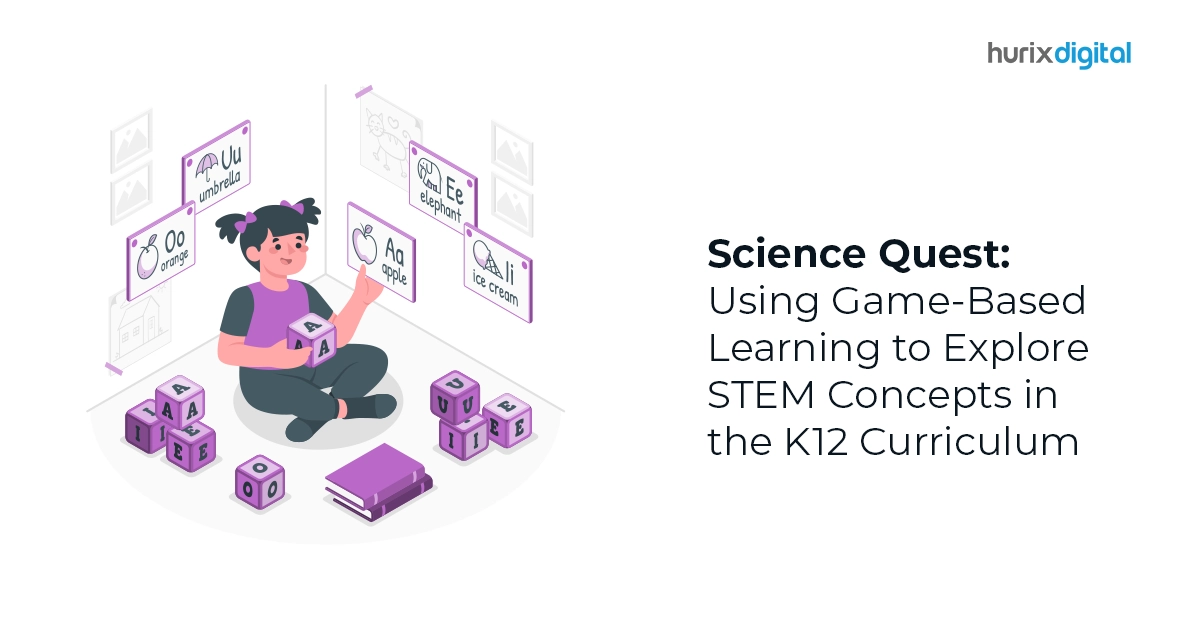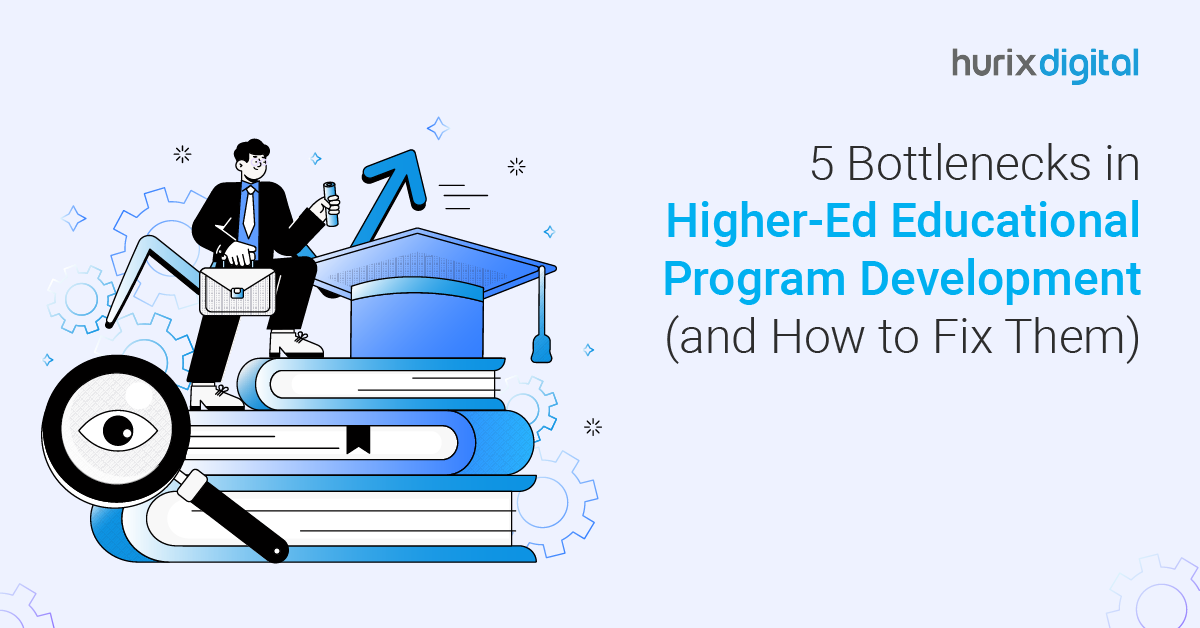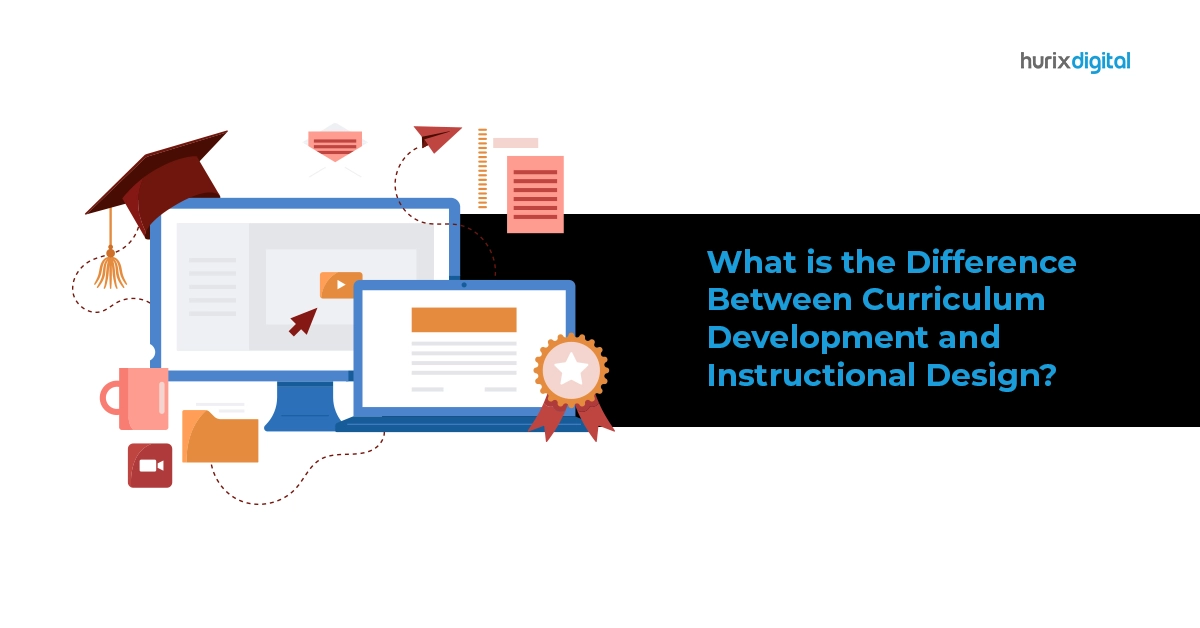
Role of Technology in Higher Education Curriculum Development
Curriculum creation is essential for choosing and organizing relevant learning tools and activities that allow students to effectively apply course competencies.
It supports teachers in deciding suitable teaching methods to accommodate students in meeting their learning objectives. So, it is also vital to understand how technology enables curriculum delivery, which is necessary for developing effective, future-ready programs.
Most higher educational institutions now adopt technology as the conduit for developing dynamic and immersive curricula within their frameworks that actively engage students while integrating avant-garde tools.
Thus, introducing new digital technologies allows teachers to more easily create relevant learning experiences that are personalized, engaged, and deeper in outcomes.
Table of Contents:
- Importance of Curriculum Development in Education
- How Does Technology Play a Role in Curriculum Development?
- How to Develop a Curriculum For Tech-Savvy Students
- Upcoming Trends in Technology and Curriculum Development
- Final Thoughts
Importance of Curriculum Development in Education
Here’s a look at why curriculum development is vital in education:
- Organized Path to Acquire Knowledge: The main purpose of the curriculum is to provide an achievable learning framework that helps students acquire knowledge. To make the wide spectrum of expertise acquirable and understandable for learners, educational institutions have divided it into subjects and organized them in an engaging learning model.
- Determining the Structure of Content: All subject matter needs to be represented in an acquirable form to the learners according to their learning capability. Developing a curriculum helps determine the subject matter’s structure for a particular level of teaching.
- Defining Instructional Methods: Curriculum development aids in identifying an approach to teaching that is student-centric and engages students.
- Development of Knowledge, Skill, and Attitude: A curriculum offers the structure for improving creative ability as well as knowledge and skills.
Also Read: The Legal Framework Surrounding Alt Text for Accessibility in Higher Education
How Does Technology Play a Role in Curriculum Development?
The role of technology in curriculum development in higher education has revolutionized the learning process.
Here’s a breakdown of its impact:
- Enhances Dynamic and Collaborative Learning: Technology fosters a dynamic and interactive learning experience, allowing students to collaborate and engage more effectively.
- Provides Quick Access to Knowledge: Tech-savvy Gen Z students benefit from rapid access to vast information, making learning more interesting and resourceful.
- Improves Classroom Engagement: Digital learning platforms and interactive multimedia tools boost student engagement and enhance educational outcomes.
- Encourages Interactive Learning: Features like quizzes, simulations, and gamification integrated into curricula increase student motivation, performance, and achievements.
- Facilitates Need-Based Curriculum Design: Higher education institutions can leverage smart education apps and AI-based programs to tailor curricula that meet specific student needs.
How to Develop a Curriculum For Tech-Savvy Students
It is essential to redesign the curriculum for tech-savvy students to transform it into one that is infused with digital technology. In the current scenario, textbooks have been replaced by laptops or tablets, and smart boards have replaced backboards.
Such is the demand of modern higher education institutions, which realize that information technology can be transformed into curriculum constructs that, at present, collaborate with IT and software companies to create smart learning applications and tools to integrate technologies into their curricula.
The aim is to provide students with instant access to a wide spectrum of knowledge and various learning materials. Some of the changes that higher education institutions can incorporate when it comes to developing a curriculum for tech-savvy students are:
- Developing and providing eLearning content
- Developing learning videos and audiobooks
- Incorporation of online lectures and interactive lessons for flipped learning
- Leveraging simulation and gamification to make the learning process engaging
- Use of learning software for better understanding
- Use of course management software for better collaboration
- Implementation of online collaboration and broadcasting tools to make the courses accessible from anywhere
- Adoption of cloud-based applications (such as – Learning Management System) for a better learning experience
For online or hybrid higher education programs, it is essential to have all study materials available online.
Many institutions have already incorporated measures to facilitate a digitized learning infrastructure, such as preparing a course outline with due dates, planning assignments to evaluate learners’ knowledge, creating online quizzes, and so on.
In short, implementing technology in the curriculum requires the collaborative effort of all teaching facilitators, institutional heads, and governing bodies. Some educational institutions already use advanced technologies to improve the student learning experience.
For instance, Temple University has implemented a chatbot to answer common and frequently asked questions by students.
Upcoming Trends in Technology and Curriculum Development
The role of technology in curriculum development is continuously evolving, driven by advancements that promise to make education more effective and inclusive.
To keep the curriculum current, interesting, and progressive as the higher education landscape changes, schools must proactively adjust to new trends.
The following revolutionary developments will influence how technology and curriculum interact in the future:
1. Personalization Through Artificial Intelligence (AI)
- AI-driven Learning Platforms: AI technologies analyze individual learning patterns to offer tailored educational experiences. These platforms identify students’ strengths and weaknesses, recommending personalized resources to improve their understanding.
- Adaptive Assessments: AI develops dynamic tests that change in difficulty according to a student’s performance, guaranteeing a more accurate assessment of knowledge than one-size-fits-all exams.
EdTech platforms like Coursera and Khan Academy are already incorporating AI to personalize coursework for users.
2. Gamification for Motivation
Gamified learning integrates game-like elements such as rewards, badges, and leaderboards into educational content. This approach fosters competition, engagement, and motivation among students.
- Encourages active participation
- Increases retention rates
- Develops problem-solving and critical-thinking skills
3. Data Analytics for Insightful Decision-Making
Big Data is revolutionizing how educators understand learning behaviors.
- Tracking Progress: Learning analytics tools monitor student performance, helping instructors identify at-risk students early and provide timely interventions.
- Optimizing Resources: Analytics inform the development of content and teaching strategies, ensuring alignment with educational goals and outcomes.
For example, universities using analytics dashboards can assess the effectiveness of integrating technology in curriculum development in real-time.
Also Read: Reimagining Higher Education: A Hybrid Operating Model for the Future
Final Thoughts
Several higher education institutions are currently focusing on the importance of technology and curriculum and finding new ways to incorporate technology into their coursework. Some are also providing laptops or tablets and free internet connection on the campus to encourage learners.
To bring about an effective reformation in curriculum design, all concerned individuals, including teachers, instructors, institution heads, and government authorities, should make progressive efforts.
As the future of education evolves, Hurix Digital is helping institutions stay ahead by seamlessly integrating technology into curriculum development.
With innovative tools like AI-powered learning platforms, immersive simulations, and personalized content delivery, Hurix Digital redefines how curricula are designed and experienced.
Our solutions aim to empower educators to create engaging, tech-driven learning environments that resonate with today’s digital-native students. Feel free to reach out to our team for further details.

Senior Vice President
A Business Development professional with >20 years of experience with strong capability to sell new solutions and develop new markets from scratch. New Market Entry Specialist with experience of working in two of the largest emerging markets – China & India. Also covered other key markets in APAC, US, EU & ME. Exceptional experience of conceptualizing, ideating and selling new learning technologies like VR AR, etc. across multiple industry verticals.







